How Does A Reverse Mortgage Work?
A reverse mortgage is an increasingly popular consumer loan for senior homeowners age 62+. It allows these senior homeowners to tap into the home equity that has been built up. There are no monthly mortgage payments but homeowners are still responsible for paying property taxes, insurance, and maintenance. The repayment of the loan is deferred until the homeowner dies, sells or moves out of the home. Because there are no monthly mortgage payments and homeowners can generally receive their home equity as tax-free cash this particular type of loan has seen over 1,000,000 seniors take advantage.
To qualify for a reverse mortgage loan you must own a home, be at least 62 years old and have enough equity built up in your home. The loan works by making payments to the borrower based upon a percentage of the equity that has been built up in the home. The loan is repaid when the borrower sells the home, moves out of the home or dies. The factors that impact the number of proceeds in which you may be eligible for include your age, the value of your home and interest rate.
WHAT ARE THE PROS AND CONS OF A REVERSE MORTGAGE?
There are several considerations to make before deciding to proceed with a reverse mortgage loan. As with any large decision, it’s helpful to have an understanding of the pros and cons associated. Some of them include:
Pros:
- You continue to live in your home and retain title to your home as long as you continue to pay your property taxes, insurance, and maintenance.
- You generally receive the proceeds of the loan as tax-free cash in which you can use the money as you see fit. It is recommended though to speak with your financial advisor to verify your specific situation.
- You do not make any monthly mortgage payments during the course of the loan. You do have to follow the constructs of the loan guidelines and are responsible for paying your property taxes, insurance and maintenance.
- A reverse mortgage is a non-recourse loan. Neither you nor your heirs are liable for any amount of the mortgage that transcends the value of your home.
- You choose the disbursement option. There are several ways in which you can receive the proceeds of the loan.
Cons:
- Fees associated with the loan are generally higher than with other financial products. You should ask your lender about options available.
- The balance of the loan increases over time as does the interest on the loan and the fees associated.
WHAT IS THE PROCESS OF GETTING A REVERSE MORTGAGE?
The process of getting a reverse mortgage loan is pretty straightforward and typically entails the following steps:

Fill out an online form or call us to start the process.

Discuss what options may be available to you; what you may qualify for; what the time required to close your loan looks like and to have your questions answered.

Attend a counseling session from a licensed third party counseling agency. Housing and Urban Development (HUD) maintain a list of counselors available in your state.

Complete an application. This is similar to a traditional mortgage in that you fill out several pages of documentation to formally apply.

Underwriting and loan processors then take over and handle everything from getting your house appraised to ensuring that all of your paperwork is in order.

Close your loan and choose your disbursement options. At this stage, you’ve completed the process and can now choose exactly how you’d like to receive the proceeds of the loan and when.
References
(1) NRMLA. 2018. Annual HECM Endorsement Chart. [ONLINE] Available at https://www.nrmlaonline.org/2018/02/01/annual-hecm-endorsement-chart. [Accessed 5 February 2018].

CONTACT
37 Western Avenue
Kennebunk ME 04043
Tel: 207-985-4808
Fax: 207-692-1999
Copyright © 2023 Big Horizon Mortgage. All rights reserved
This site was designed by Strategic Digital Marketing
This material is not from HUD or FHA and has not been approved by HUD or any government agency.
NMLS#985472


